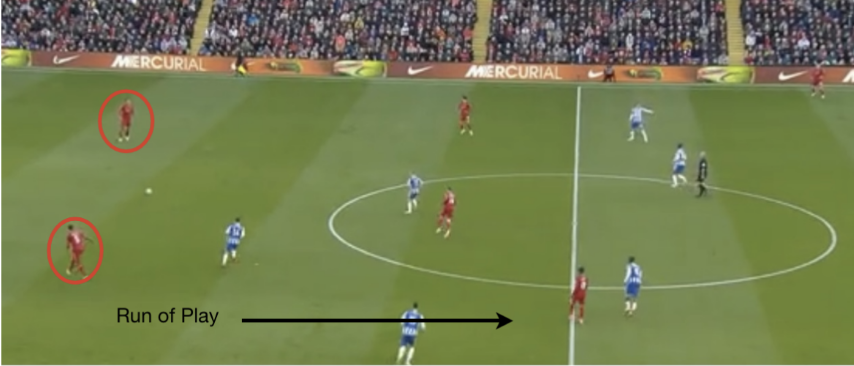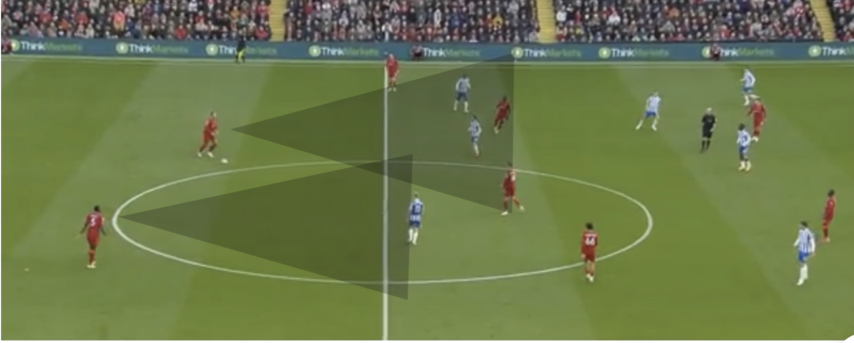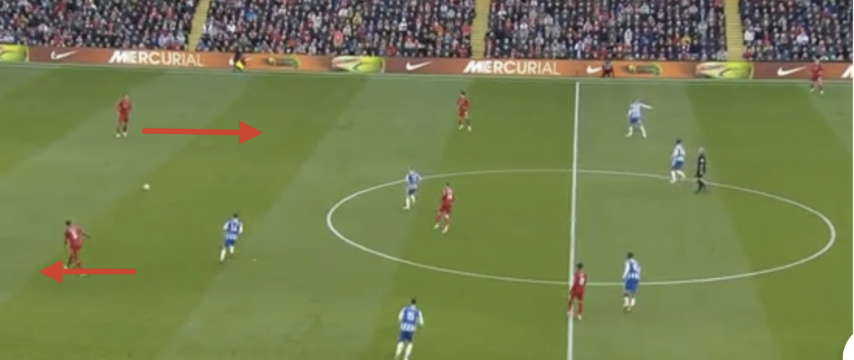By Soren Schamberg
The popularity of the 4-3-3 has been obvious for a number of years now, primarily because of its balance between attacking and defending due to its fluidity in transitions of play. A critical component of this formation is the CB pairing due to the eventuality that using this formation would mean the wing backs advance when attacking leaving the defensive line exposed to a counter attack and possibly being outnumbered.
What will be discussed is the CB's role and responsibilities during the defending and attacking phases of play.
The characteristics of the two central defenders should be:
- Must play as one unit around the entire defensive half of the field.
- Maintain compactness to support each other and avoid being spread out.
- Must play as one unit up and down the center channel with the midfield and forwards.
- Communicate well with the center back, knowing when to mark tight and when to drop deeper into a supporting position.
- Provide central cover when building possession from the back.
- Deepest defender acts as the leader for providing information to the other three defenders.
- Disciplined in maintaining defensive responsibility, even in attack.
- Ability to defend on a 1 v 1 basis. Knowing when to delay and when to challenge an oncoming opponent.
- Support both the middle and wide midfield players by providing a passing option behind the ball.
- Team Tactics, The International Coaches Association

When defending, the Center Back's are commanding the middle channel and stifling or intercepting passes that are attempting to break through the back line, they are setting the line for any offsides trap and they are organizing the defensive shape. A good CB will have patience, be able to read the field of play as it develops and will be able to choose when to commit to a threat or contain a ball carrier until the rest of the team can join in their defensive duties.
If we are using an 18 zone layout, the zones they would most occupy is 2, 5 and 8. Between the two, these three zones should be occupied by at least one CB progressing with the depth of the defense and their awareness expands as they get higher up the field to the the halfway line and even into the oppositions half.

When occupying the higher zones, such as 5 or 8, they will need to also be aware of any threats in 4 & 6 and in 7 & 9, shifting as the phase of play changes. If in the defending phase, the attack is coming from zone 7, shifting into 4 and 5 together while the appropriate retreating wingback puts on the most pressure. This increases the chance that the ball is turned over and the CB on that side and clean up the ball and begin an attack out of the back.
When attacking, the CB's apply pressure to the opposition by setting themselves in the opponents half, just around the center circle - zones 10, 11, 12 - to support the attack as a pass back option to recycle the ball, switch the field of play or to snuff out any attempts of the opponent to get out of their defensive half.

The next important element is both CB's being staggered and not standing next to each other. Ideally, this would be achieved with the right CB being higher up the field if play is on the right side of the pitch - applying more direct pressure on the ball and the opposition - and the
reverse if the play is on the left side of the field. The pair would want to move in this manner as play switches, always letting each other know where the other one is. This will keep the center of the defense strong and organized while the right and left wingbacks advance into attack supporting the attack and slowing any transition from attack to defense and allow the wingbacks retreat into defense as needed.
By Soren Schamberg


